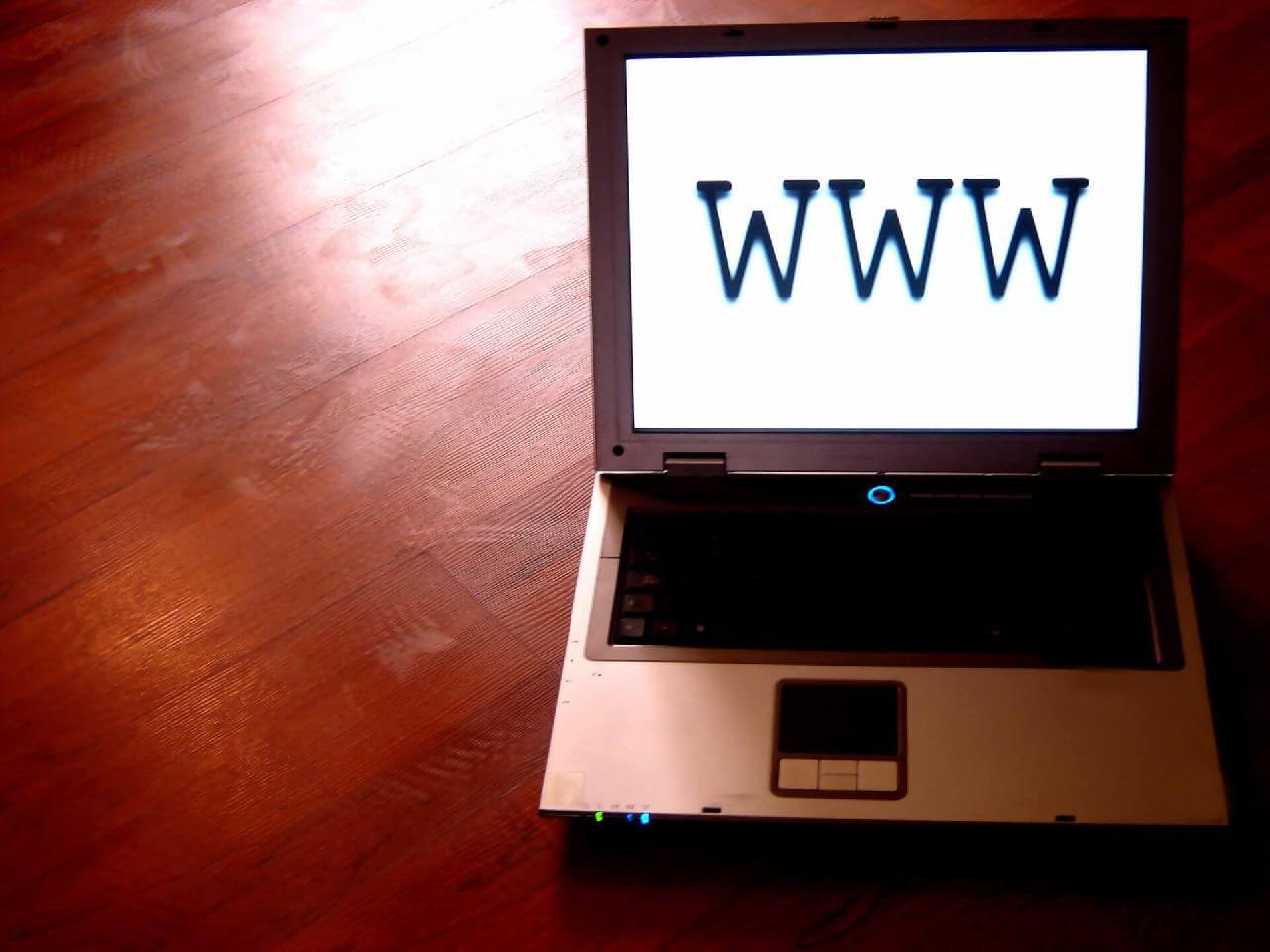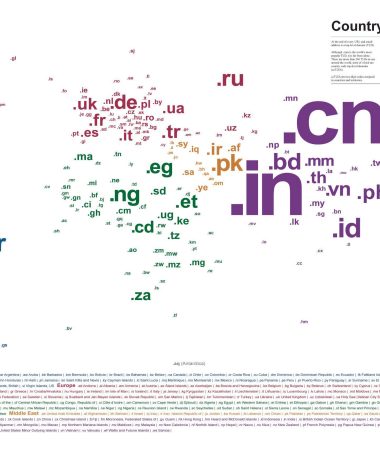Determining the price of an internet domain for sale is both an art and a science, combining objective market factors with subjective perceptions of value.
Unlike physical goods, a domain name’s worth isn’t based on manufacturing costs or inventory but rather on elements like brand potential, memorability, market demand, and commercial utility. For anyone interested in buying or selling a domain, understanding the criteria that influence domain pricing is crucial for negotiating fair deals and making sound investments.
This article explores in detail the key factors that influence domain valuation, common methodologies used to appraise domain prices, and practical considerations for sellers and buyers in the dynamic domain marketplace.
The Unique Nature of Domain Valuation
Domains are digital assets that represent unique addresses on the internet. Their value comes from their ability to provide an identifiable, memorable, and relevant web presence. Unlike tangible products, domains do not depreciate due to physical wear but can appreciate or lose value based on trends, business demand, and branding potential.
Because of this, pricing a domain is not straightforward. It involves analyzing both tangible data—such as traffic statistics and comparable sales—and intangible aspects, like emotional appeal and brand alignment.
Key Factors Influencing the Price of a Domain Name
Domain Length and Memorability
Short domains with fewer characters tend to be more valuable because they are easier to remember, type, and share. Domains with three to six characters often command premium prices, especially if they are pronounceable and easy to spell. For example, a domain like book.com or car.com will be far more valuable than a long, complex string of letters.
Memorability also plays a significant role. Domains that are catchy, brandable, and evoke positive associations tend to attract more interest from buyers, which drives up their price.
Top-Level Domain (TLD) Extension
The extension of a domain—such as .com, .net, .org, or newer ones like .tech or .shop—significantly impacts price. The .com TLD remains the most sought after due to its widespread recognition and trust among internet users. Domains ending in .com often sell at higher prices compared to other extensions.
However, some niche TLDs may have high value in specific industries or markets. For instance, a .io domain is popular among tech startups and can command a premium in that sector.
Keyword Relevance and Industry Value
Domains containing popular, high-value keywords related to profitable industries generally have higher prices. Keywords tied to finance, insurance, health, or e-commerce tend to be more expensive due to their commercial appeal.
For example, domains like insurance.com or loans.com are extremely valuable because they attract direct, targeted traffic and represent lucrative business sectors. The more generic and universally relevant the keywords, the more valuable the domain may be.
Search Engine Optimization (SEO) Potential
Domains with keywords that have strong SEO potential can be worth more, especially if they have existing backlinks, traffic history, or are easy to rank for in search engines. Buyers may pay a premium for domains that provide a head start in organic search visibility.
However, with Google’s evolving algorithms, the value of exact-match domains has fluctuated, so SEO alone is not the sole pricing driver but remains an important consideration.
Brandability and Marketability
A domain that can easily be turned into a strong brand tends to have higher value. This includes factors such as uniqueness, ease of pronunciation, absence of hyphens or numbers, and cultural or linguistic appropriateness.
Domains that evoke positive emotions or are versatile enough to serve multiple purposes or industries often attract higher bids.
Domain Age and History
Older domains sometimes carry more value due to their established presence and historical backlinks. A domain that has been registered for many years may have built some authority or recognition, which can be leveraged for business purposes.
However, the history must be clean. Domains previously associated with spam, illegal activities, or penalties by search engines can have diminished value or even become liabilities.
Traffic and Revenue Potential
If a domain already receives consistent direct or organic traffic, or generates revenue through advertising or affiliate marketing, it will be priced higher. Buyers often look for domains that offer immediate web traffic or monetization potential rather than starting from scratch.
The availability of analytics data and verified income reports can help substantiate the asking price.
Comparable Sales and Market Demand
The price is often influenced by what similar domains have sold for recently. Marketplaces and domain auction sites provide transparent sales data that can be used as benchmarks.
Demand in the market also fluctuates. During domain market booms or when a particular keyword gains popularity, prices may surge.
Legal Considerations and Trademark Issues
Domains that infringe on trademarks or copyrighted names risk legal disputes. Buyers typically avoid such domains, or sellers must price them lower to reflect this risk.
Domains free from such encumbrances are safer and thus more valuable.
Common Methods to Determine Domain Price
Automated Domain Appraisal Tools
Several online services provide instant domain appraisals based on algorithms considering keyword popularity, domain length, TLD, traffic, and past sales data. While these tools offer quick estimates, their valuations should be taken with caution as they do not fully capture nuances like brandability or market trends.
Comparable Market Analysis
This involves researching recent sales of similar domains in terms of length, keywords, TLD, and industry relevance. Sites like Sedo, GoDaddy Auctions, and NameBio provide historical sales data that can inform pricing strategies.
Professional Appraisals and Broker Services
For high-value domains, professional appraisers or brokers can provide more accurate valuations. These experts analyze market conditions, perform due diligence, and negotiate deals on behalf of sellers or buyers.
Demand-Based Pricing
In some cases, domain owners set prices based on their perception of demand or strategic business goals. For example, a domain critical to a company’s branding may be priced higher due to its strategic importance rather than purely market factors.
Practical Considerations for Sellers and Buyers
Sellers: How to Price Your Domain Realistically
Sellers should start by researching similar domain sales and considering the domain’s strengths in length, keywords, and brandability. It’s important to avoid overpricing, which can deter potential buyers, but also not undervalue the asset.
Listing the domain on multiple platforms, providing traffic or revenue proof, and being open to negotiations can facilitate a sale.
Buyers: Evaluating the Worth Before Purchase
Buyers should assess how well a domain aligns with their brand and business goals, evaluate SEO benefits, and check the domain’s history for any red flags. Comparing prices across marketplaces and using appraisal tools can help establish a reasonable offer.
Consulting legal advice regarding trademarks and ownership verification is crucial before closing a deal.
Determining the price of an internet domain for sale is a multifaceted process influenced by length, extension, keyword value, brandability, traffic, market demand, and legal factors. While automated tools provide a helpful starting point, understanding the domain’s intrinsic and market value requires a comprehensive approach that blends data analysis with market insight.
Whether buying or selling, mastering the criteria that affect domain pricing empowers you to negotiate effectively, avoid pitfalls, and capitalize on the unique opportunities of the digital real estate market.








